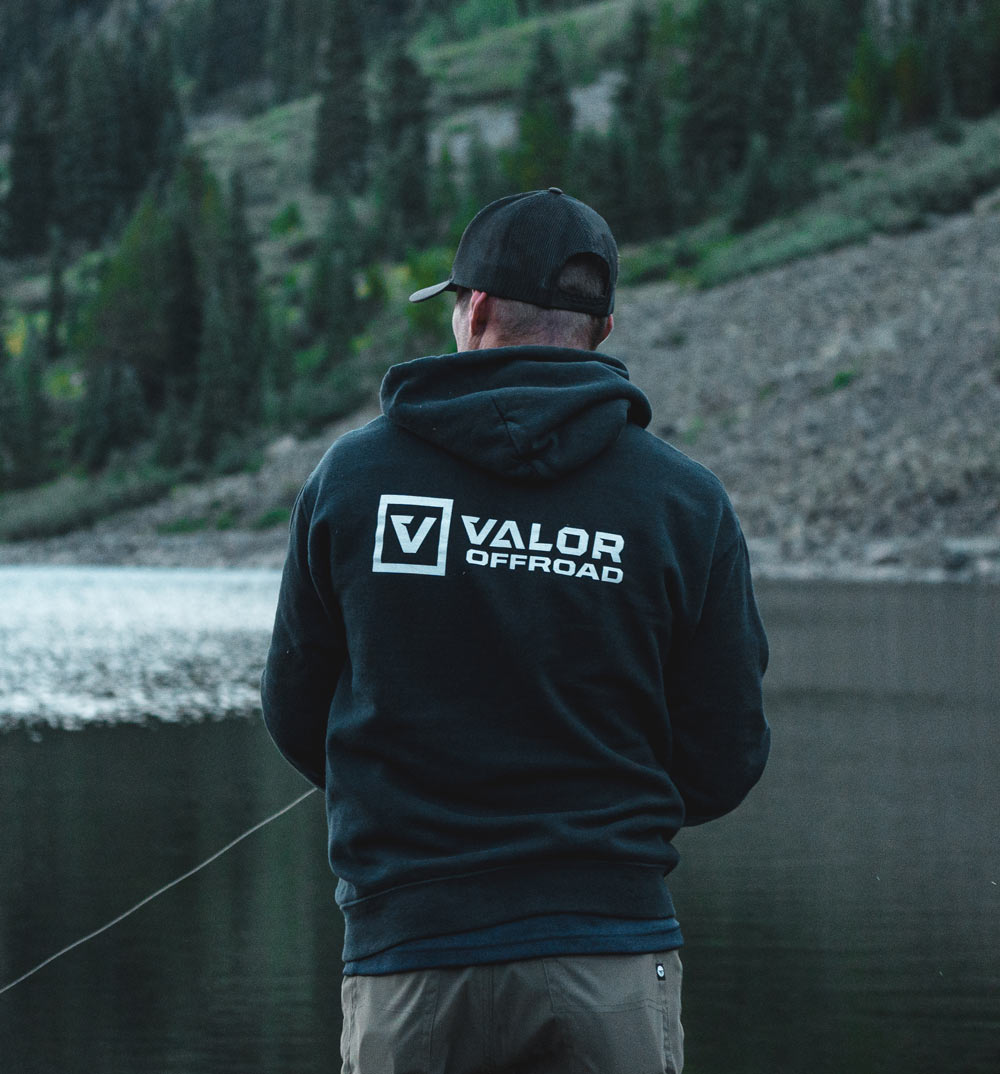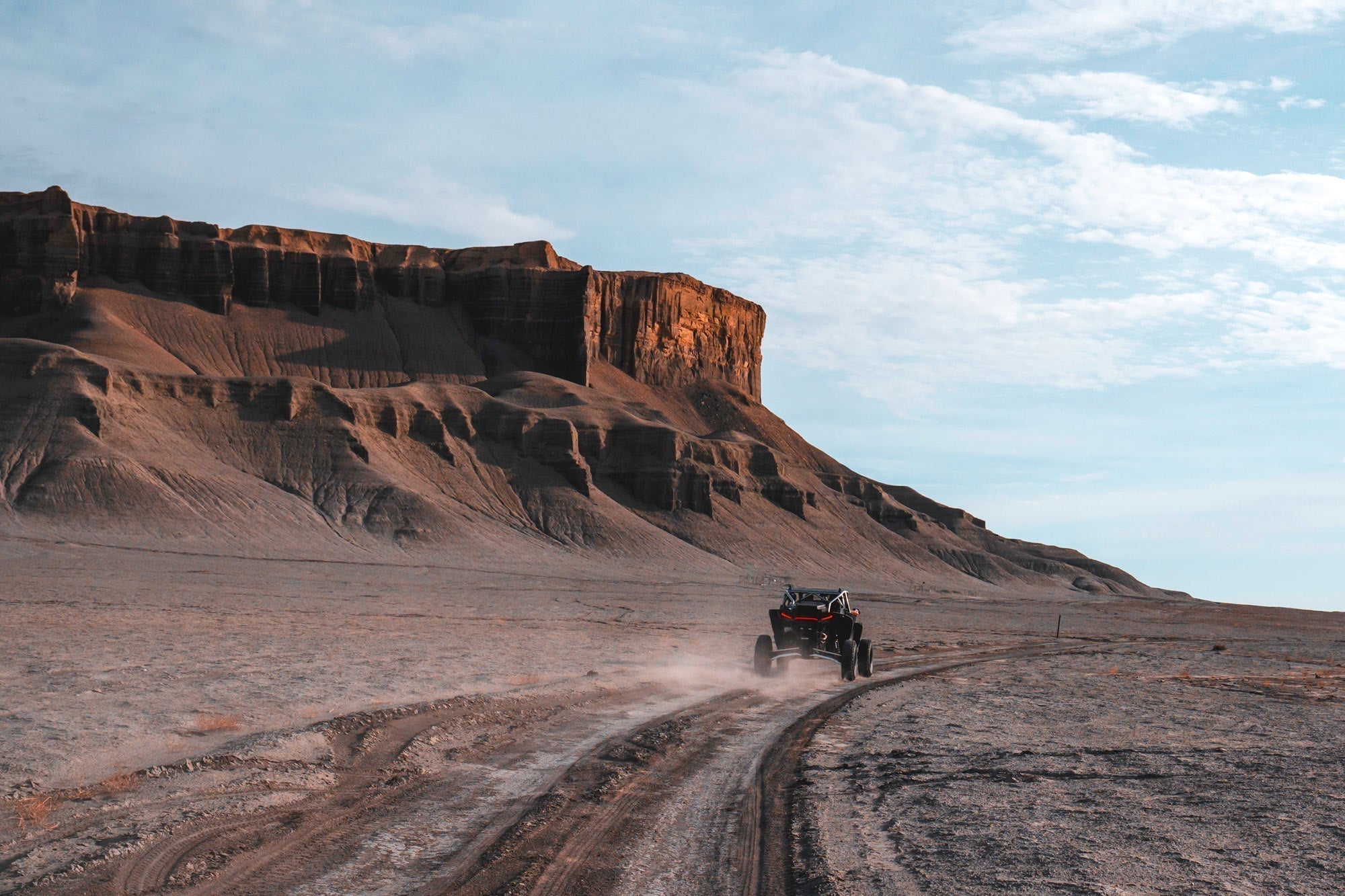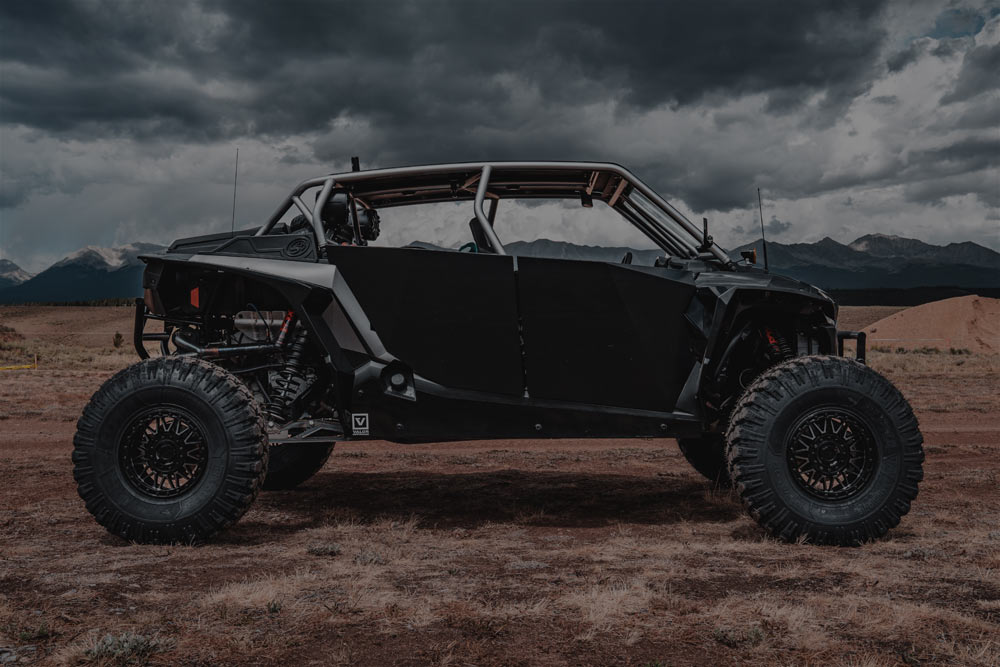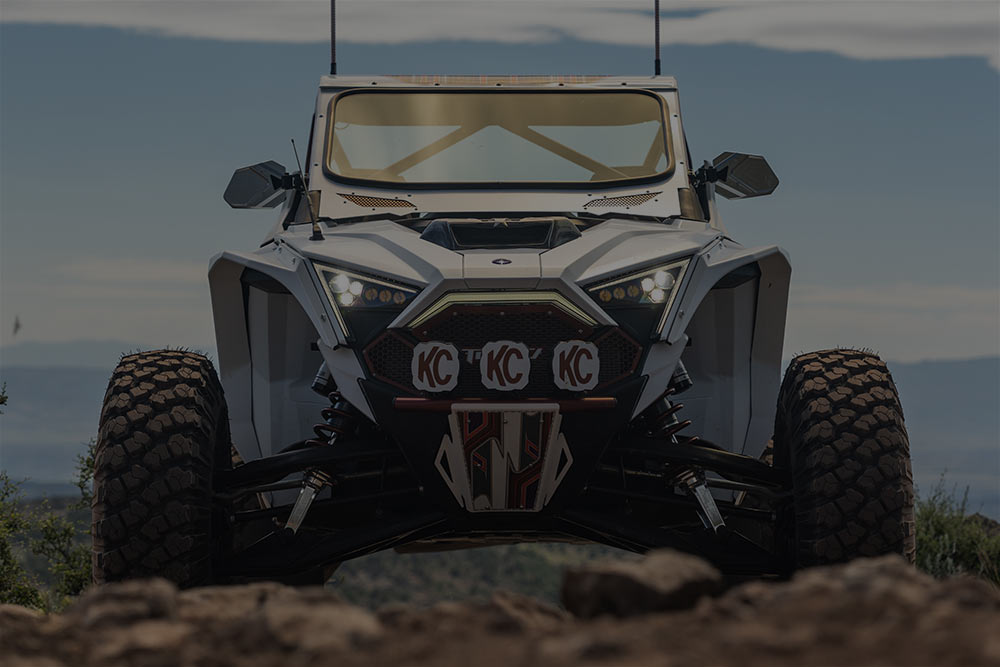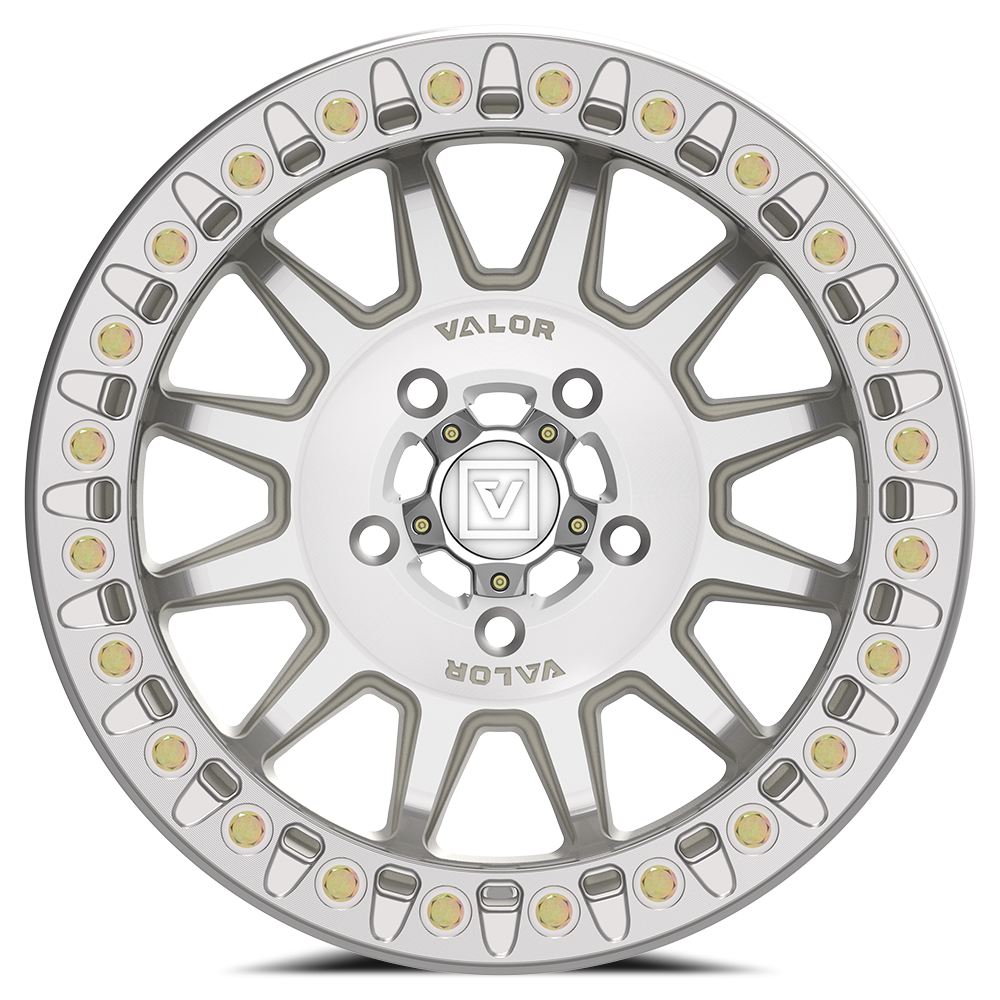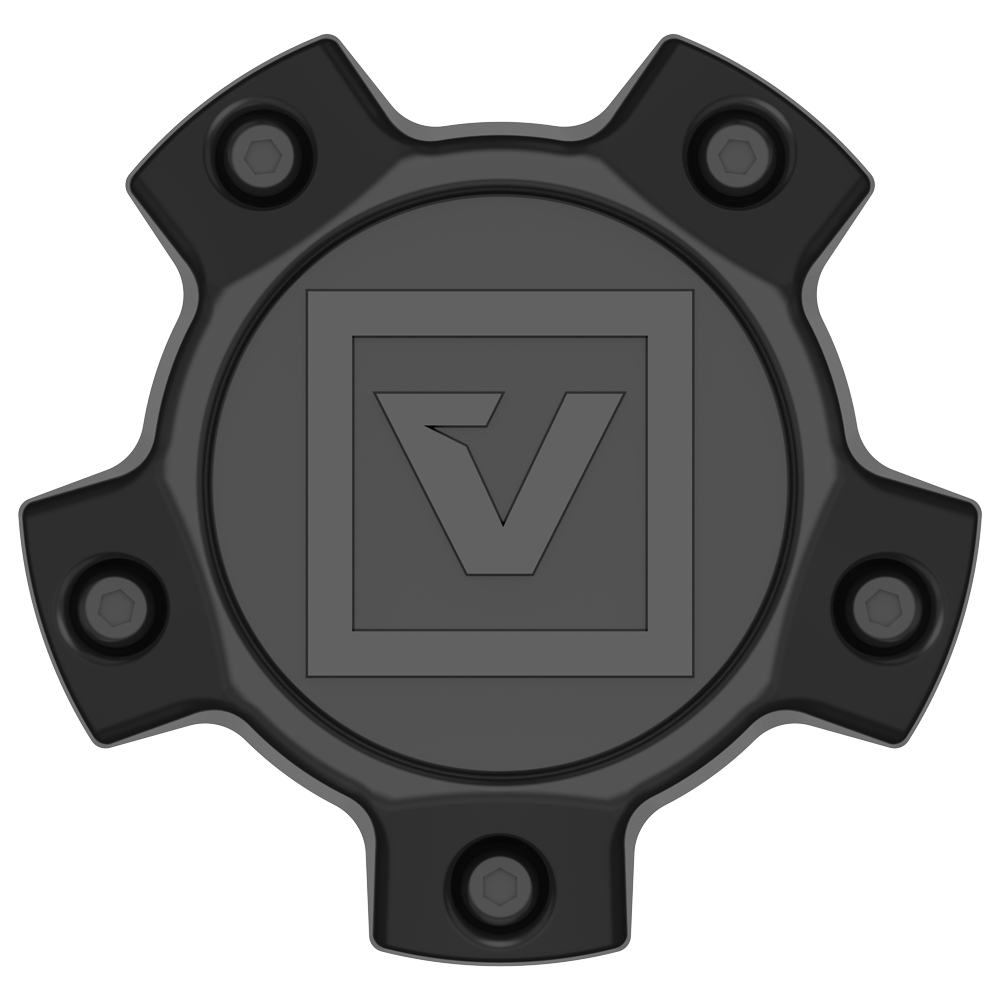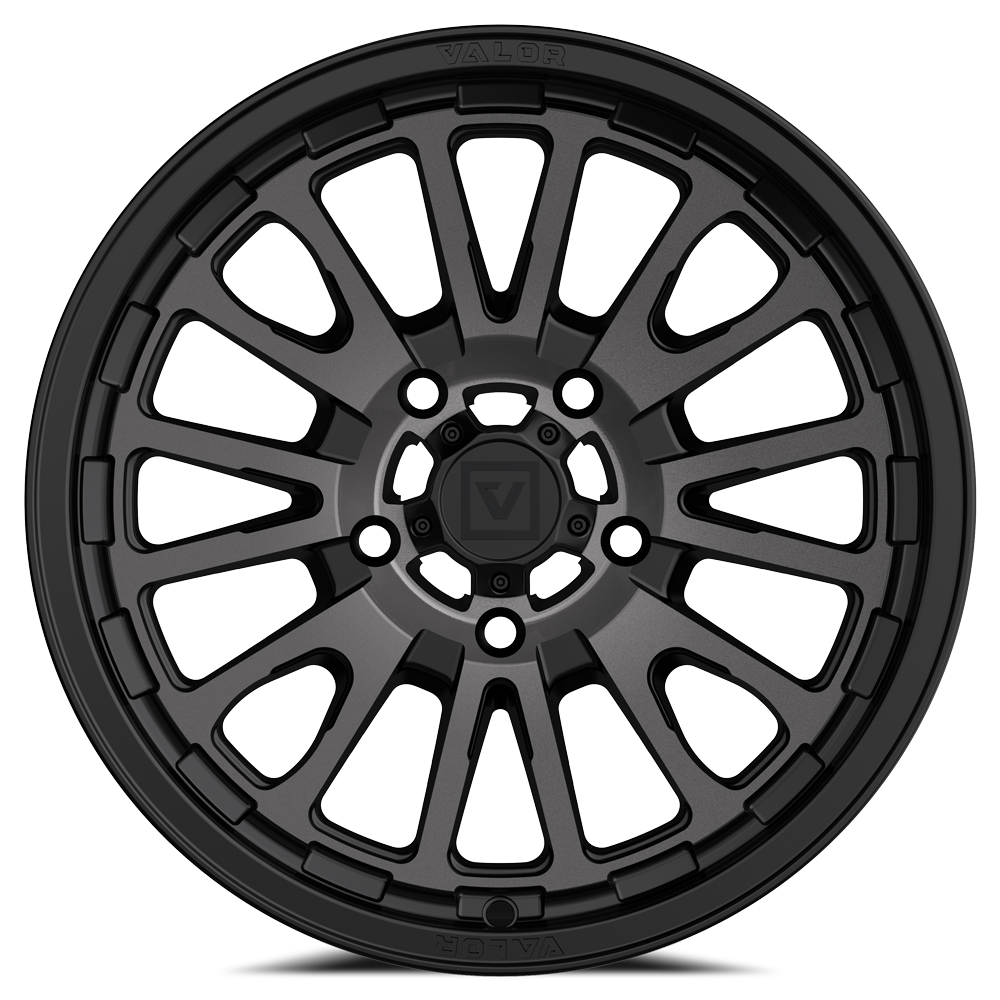Valor Offroad was born in the mountains of Colorado by native founders. We know our big back yard well and know a thing or two about winter activity preparedness. We put this list together to ensure you have a great time on any ride you plan, no matter how cold it gets. We miss anything? Hit us up on instagram and let us know what you think.
Step one: leave details of your entire trip and any variables you're planning for with a friend, family members or ranger. This step may make the difference between life and death. There is nothing more valuable than ensuring someone knows when, where, with who of your ENTIRE trip.

Argentine Pass - Georgetown, CO
What to bring on your next winter offroad ride:
Winter Clothing/Apparel:
- Layers. We recommend investing in some quality poly or wool layers (no cotton EVER - remember cotton kills). Layers are typically designed for three purposes: Base layer (tightly fitting, touching your skin, lightweight and very breathable/wicking), mid layer (flexible, breathable and designed to dump heat when you remove outer layer or top layer if you're exerting yourself), and a top layer (top/outer layers consist of an insulating layer made of man-made poly fill or down). A waterproof outer "shell" will round out this combo to ensure you have plenty of options depending on temperature swings (sun/shade/wind/rain).
- Driving gloves. You may feel like your summer gloves will work when you're at basecamp but trust us, when you pushing 45-60MPH, your hands are going to be blocks of ice unless you put a barrier between them and the wind. You may opt for a windshield to cut some of the nip out of the wind however we still recommend investing in a good pair of winter ski/snowboarding gloves that repel moisture and insulate your digits. Leather does a great job of keeping wet out, however there are lots of products that incorporate Gore-Tex style properties to keep you dry and happy. We typically bring a medium duty glove for temps in the 40-50's, however once that thermometer drops below 40, you'd better bring your big gloves, trust us.
-
Helmet. If you have a windshield, skip to the next bullet. For the rest of you, you're going to thank us for this. A good full face helmet keeps your melon nice and toasty, regardless of what mother nature throws at you. You can use a motocross style helmet with goggles, however nothing beats the wind screen a full face helmet provides. Bonus is most helmets now incorporate communications and speakers so you can chat at normal voice with your passengers or share your winter playlist. You don't need to break the bank to get a nice helmet. Klim or Solid helmets are a great, affordable option. We like to use a thick buff around our neck to keep the wind from entering the jacket/layers mentioned above.

- Boots. You may be thinking, well, my feet will be in the cab most of the trip so I don't need to wear clunky waterproof boots right? Wrong. If you don't already own good waterproof boots, get some, they help assure a good ride and are crucial when you have an ill-timed bad ride (flat, break, flip, run out of gas).
In your pack box or backpack:
- Food/Water. Figure out what food and drinks you'd like to bring. Got it? Good. Now double it. You never know what your day or trip will look like, especially when you'll be hard to get to and may not run into anyone else on the trail. Always remember to bring enough for you and all of your passengers to survive by keeping your body warm with nourishment and well hydrated. Riders only make the mistake of not bringing enough food/water once.
- Long range comms. Make sure if you are in a pinch that you can radio out to rangers or other riders who may be able to give you a hand. Not only are in cab communications great for chatting with your fellow passengers, they are a great survival tool when things take a turn for the worst.
- Tools. You know your skill level, so pack according to your knowledge. Make sure you know how to do the basics before you head out into a snow storm.
- Toilet paper/wipes. Self explanatory. Bring a packable shovel for an even better experience.
Other things to consider for winter offroading:
- Tire Pressure. Your tire pressure changes about 1 psi for every 10 degrees in temperature change so keep an eye on the tire pressure, add air as needed and recheck after some time riding to ensure you're not over-pressured.
- Pre-heat your engine. Depending on how cold we're talking, starting your engine when it's been sitting in the snow will be a chore in itself, however once you do get it started let your engine idle for a few minutes before punching the gas. This allows your oil and other vital engine components to come up in temperature. Once you drop into gear, take it easy for the first couple of miles.
- Stay on trail. Just because your visibility drops doesn't mean you get to create your own path. If you know the trail, stick to it. If you have a GPS or navigation, use it to maintain correct direction and respect any signage or markers.
- Fuel. If you're planning to go into the badlands alone and are expecting little to no other human contact, bring some extra fuel. Things happen, plan accordingly. Best case, you get stuck and need some extra gas to get home and you have it, worst case you help another stranded rider who REALLY appreciates you being prepared.

Most importantly, have a great time.
Cold, heat, rain, snow, sleet... whatever is thrown your way, you can always have a blast as long as you over-prepare and have the right gear. We all know this isn't the cheapest hobby, spend a few extra bucks on the above to ensure you can enjoy your toy for any season.


